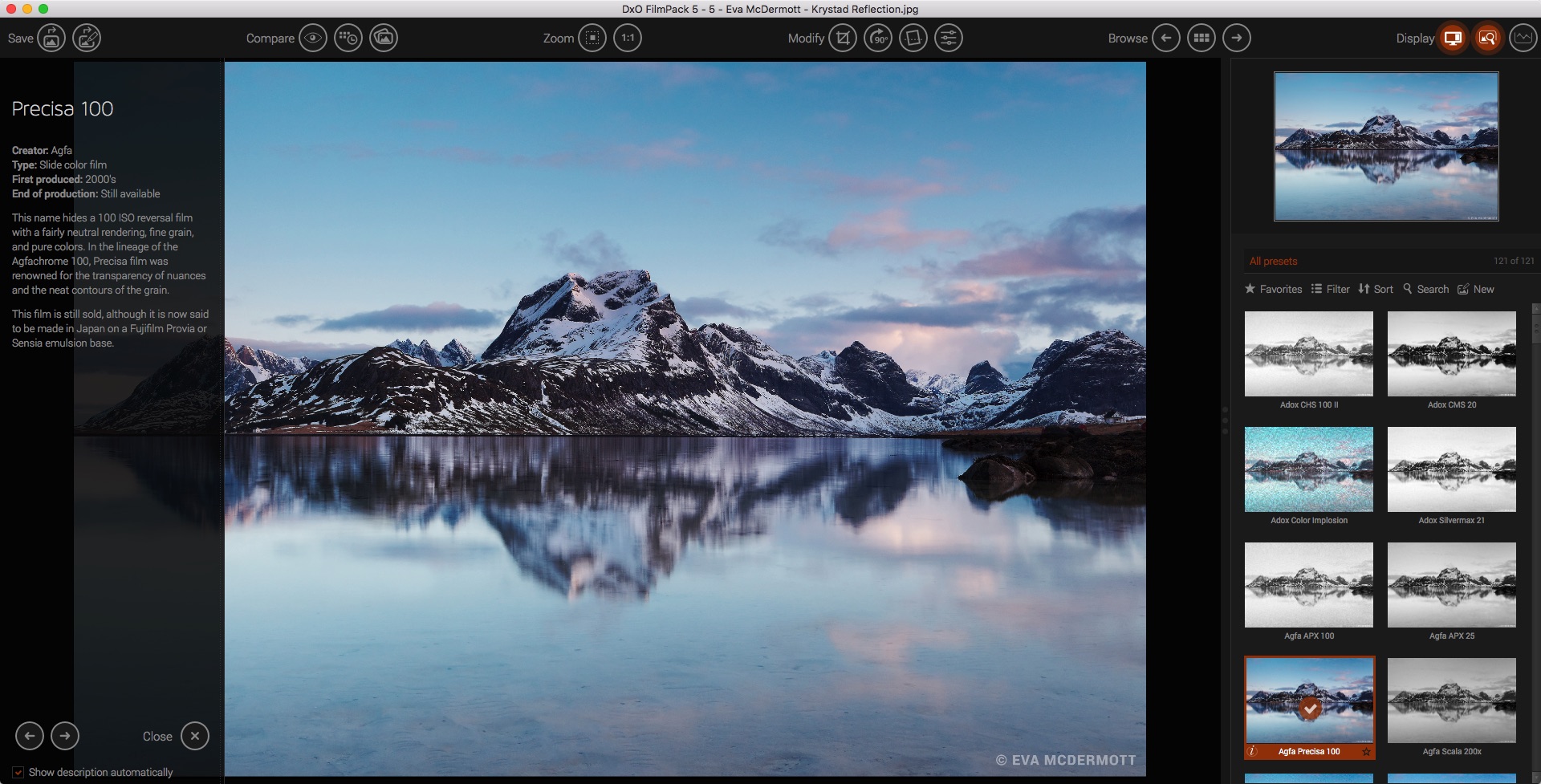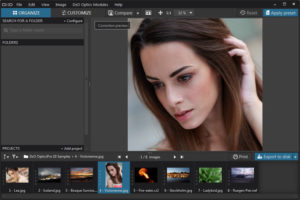
Its support for selections, masks and layers is unmatched, making it the tool of choice for complex composite images, and the latest October 2021 updates bring smart new Neural Filters and auto masking – and its AI sky replacement is steadily improving and now rivals Luminar's. DxO warns of unwieldy size and processing requirements for Nikon D800 files.Despite its immense power and constant steady improvements, Photoshop is slick and straightforward to use.
#DXO OPTICS PRO 11 TUTORIAL PRO#
If you own a Nikon D800 or D800E, you'll need to run DxO Optics Pro 8 on a 64-bit machine equipped with a 4-core processor. This works with RAW and JPEG images.įinally, DxO announced one limitation, which probably applies to other vendors' tools as well. The Print dialog allows you to set the sheet's appearance and you're done.
#DXO OPTICS PRO 11 TUTORIAL PROFESSIONAL#
There's a new feature in the Print area for professional photographers who must print contact sheets: You can print a contact sheet of selected images without processing them first. The warning icon that pops up when your zoom level is too low for an edit to be viewed correctly has gone from the image window to where it belongs: right next to the tool in the palette. Some new items are supported in the EXIF palette. Just double-click to reset the sliders to the default. You'll also find improved chromatic-aberration correction for images shot with lenses for which a DxO module exists. Lens softness correction, for example, is better with strong highlights. In addition, DxO Optics Pro 8 offers a long list of minor improvements. There's a better organization of palettes and controls, and some controls have disappeared, but the tools that were once available are still there-they've only changed location.

There are other improvements that justify the big number upgrade, but all are less visible. Denoising can now happen at all zoom levels, as with other image editors. In my opinion, the Denoising tool still is one of the best around, and it has become even better with an added dead-pixels slider. Changing microcontrast adds or removes some punch and structure. The Contrast tool has a new Microcontrast slider.

When applied with care, I could control contrast better than with a curve. Unique is that you can also adjust the blacks, which can result in dramatic looks. The Selective Tone tool allows you to set highlights, midtones, and shadows individually. It adds some contrast to the image, which again made me suspect there's more going on than just exposure compensation. Smart Automatic Exposure, also new, works with RAW and JPEG images. After fiddling a bit more, it looked to me as if Smart Lighting does more than adjust the brightness and saturation: It improves the looks of an image. The adjustment worked extremely well on the sunset photo however, it made the image taken with a flash slightly more flat. I tested all of them on a photo shot at sunset and another one shot with a strobe. Except for a legacy setting, you can choose one out of four new ones: Slight, Medium, Strong, and Custom. The most important new feature is Smart Lighting, an automatic re-lighting algorithm. I tested only the DxO Optics Pro 8 Elite's most important new features, as many are related to the reorganization of palettes and tools.


DxO Optics Pro 8 has enough new features and improvements to keep even the most demanding photographer happy, with most of them aimed at automating adjustments. Right on the heels of PhaseOne's new Capture One Pro 7, DxO Labs released version 8 of DxO Optics Pro, their RAW converter and image-editing app. Smart Tools Can Automate Pretty Much Anything


 0 kommentar(er)
0 kommentar(er)
